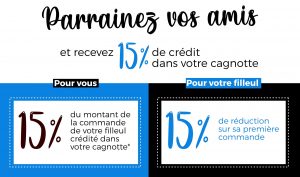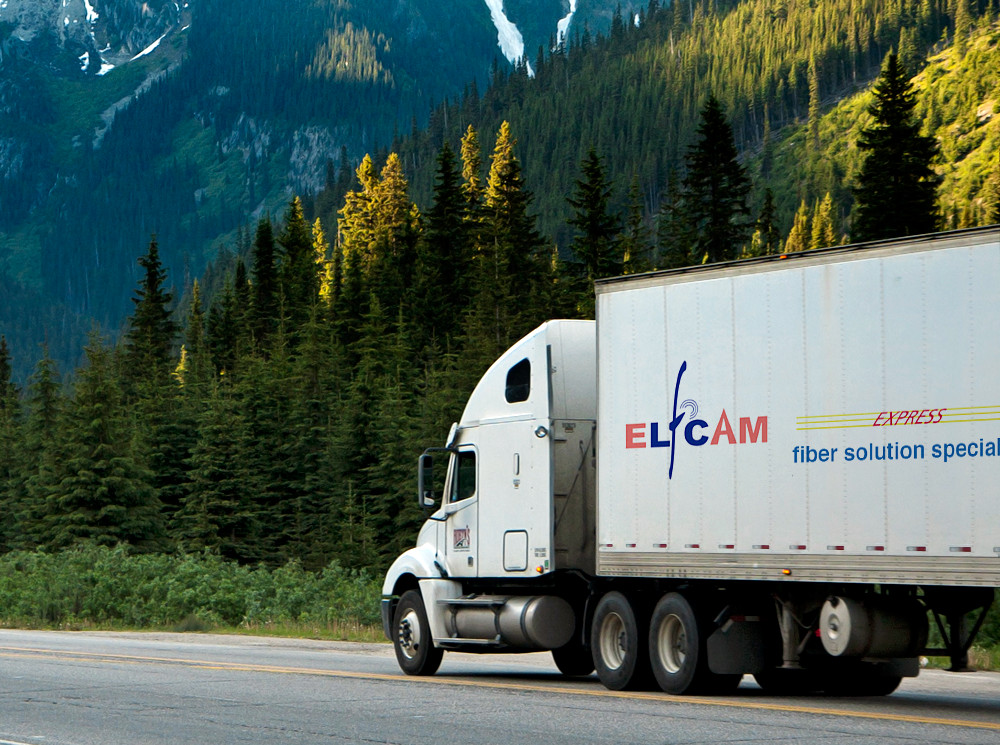Role and characteristics of optical fiber converters
Elfcam Official off OLT,

Role and characteristics of optical fiber converters
A fiber optic converter is a network device used to convert fiber optic signals to electrical signals or electrical signals to fiber optic signals in order to interconnect different types of network devices. A fiber optic converter generally consists of two types of interfaces, optical fiber and cable, and can switch from fiber optic interface to cable interface to meet the connection requirements between different types of network equipment. Optical fiber converters are generally used for long-distance and high-speed transmission, especially in data centers, wide area networks, metropolitan area networks, etc. There are many types and specifications of optical fiber converters, which can be selected and configured according to actual needs.
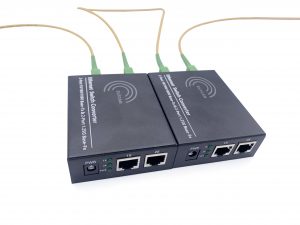
The main roles of fiber optic converters are:
- Network distance extension: Optical fiber converters can convert electrical signals into optical fiber signals to realize long-distance transmission and extend network distance.
- Increase network speed: Optical fiber converter converts electrical signals into optical fiber signals, which achieves high-speed transmission and increases network speed.
- Interconnect different types of equipment: The fiber optic converter can interconnect different types of network equipment, for example between fiber optic switches and normal switches.
- Improve network security: The signal transmitted by optical fiber is not subject to electromagnetic interference and attenuation, and the transmission quality is stable and reliable, which improves network security.
It should be noted that different types of optical fiber converters have different characteristics and application possibilities, and they should be selected and configured reasonably according to the actual requirements and system specifications.
The characteristics of fiber optic converters are as follows:
High speed transmission: Optical fiber converters can realize high-speed optical fiber transmission, supporting a variety of transmission rates, such as 10Mbps, 100Mbps, 1Gbps, 10Gbps, etc.
Long distance transmission: The optical fiber converter can realize long-distance optical fiber transmission, supporting a variety of transmission distances, such as 2km, 20km, 40km, 80km, etc.
Low loss transmission: the optical fiber converter can realize low loss transmission, the signal transmitted by optical fiber is not subject to electromagnetic interference and attenuation, the transmission quality is stable and reliable.
Strong Compatibility: The optical fiber converter can realize the interconnection between different types of network equipment and support a variety of interface types, such as SC, ST, LC, etc.
Easy to install: The fiber optic converter is small and light, easy to install, it can be installed in a rack or on a wall, saving space.
High stability: The optical fiber converter adopts high-quality optoelectronic devices and electronic components, which have high stability and reliability and can work stably for a long time.
Low energy consumption: The optical fiber converter adopts a low-power consumption design, which is energy-saving and environmentally friendly and can reduce power consumption and operating costs.
It is important to note that different types of optical fiber converters have different characteristics and application possibilities, and they should be selected and configured reasonably according to the actual requirements and system specifications.
Finally, we have some product recommendations. If you are interested, you can click to get more information.
-
SALE!
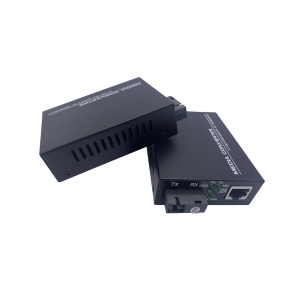
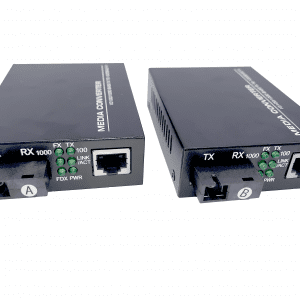
Fiber Ethernet Converter 1 RJ45 Port + 1 RJ45 Port (Lot 2) (Ref: 1222)
44,99 €The initial price was: €44,99.38,99 €The current price is: €38,99. tax included Add to cart -
SALE!
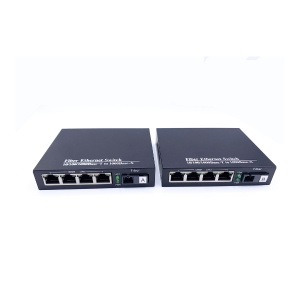

Fiber Ethernet Port4-Port4 Converter (Ref:2321)
89,99 €The initial price was: €89,99.59,99 €The current price is: €59,99. tax included Add to cart -
SALE!
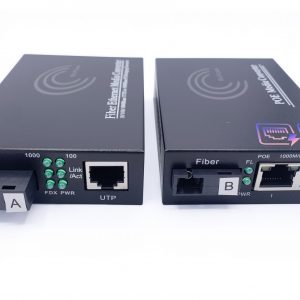
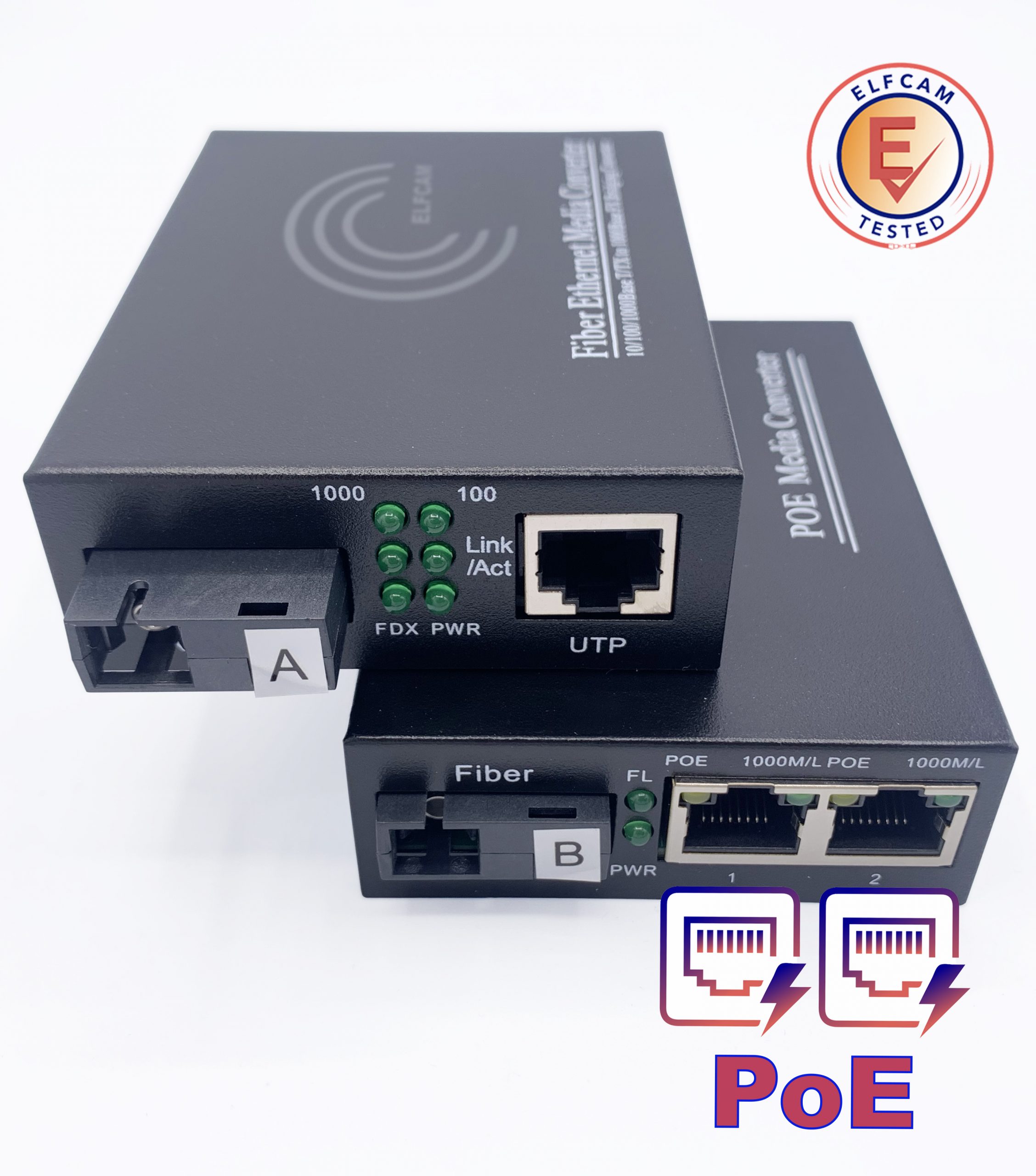
Fiber Ethernet PoE Converter, SFP (mini-GBIC) Included, 2 RJ45 Ports (Ref:4880)
99,99 €The initial price was: €99,99.77,99 €The current price is: €77,99. tax included Add to cart -
SALE!
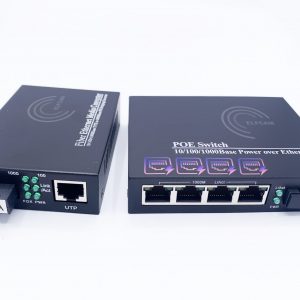
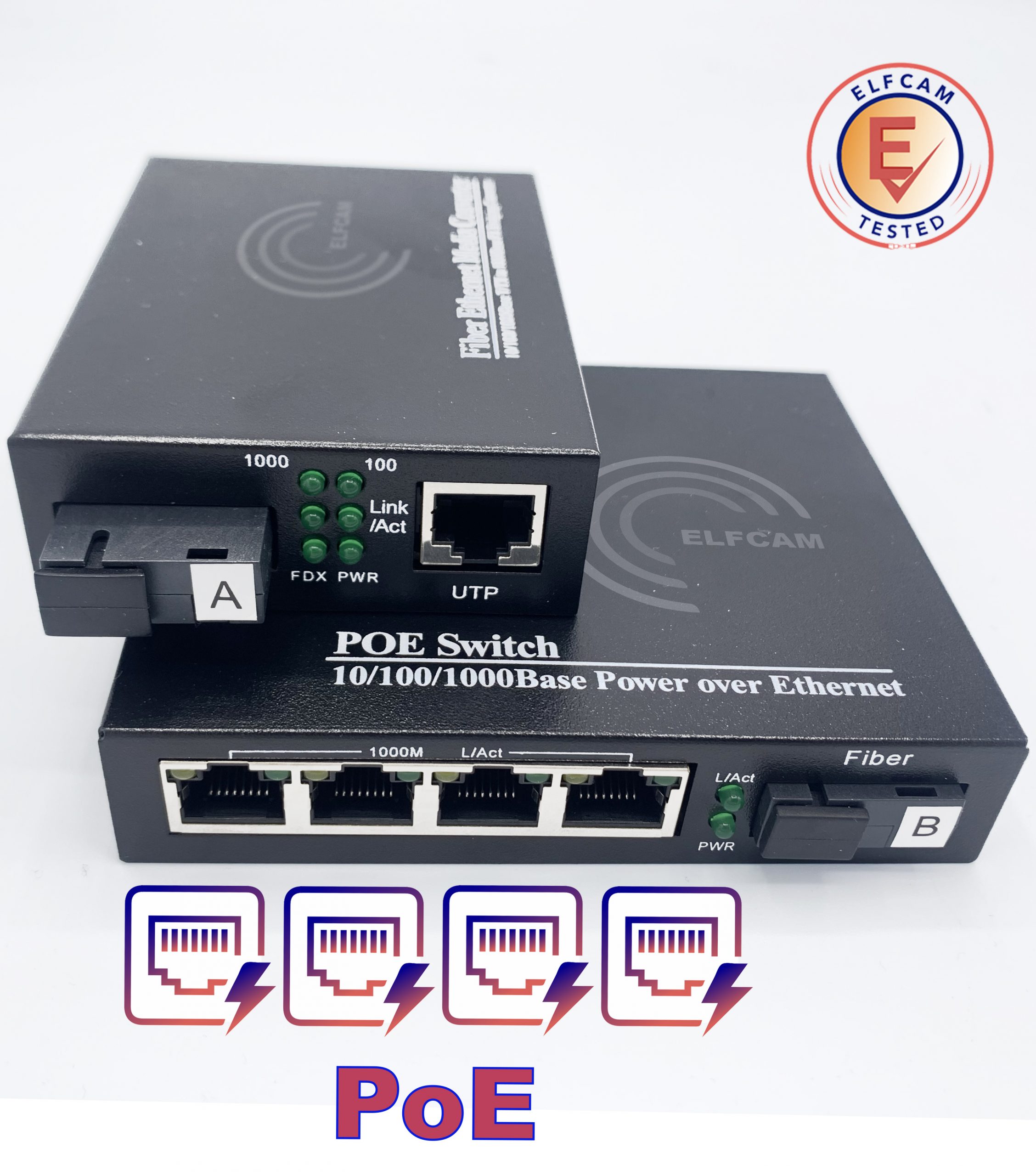
Fiber Ethernet PoE Converter, SFP (mini-GBIC) Included, 4 RJ45 Ports (Ref:4896)
119,99 €The initial price was: €119,99.99,99 €The current price is: €99,99. tax included Add to cart -
SALE!
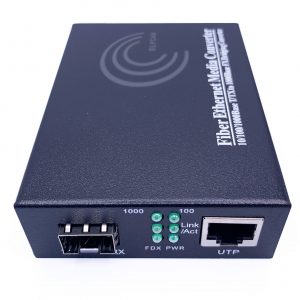
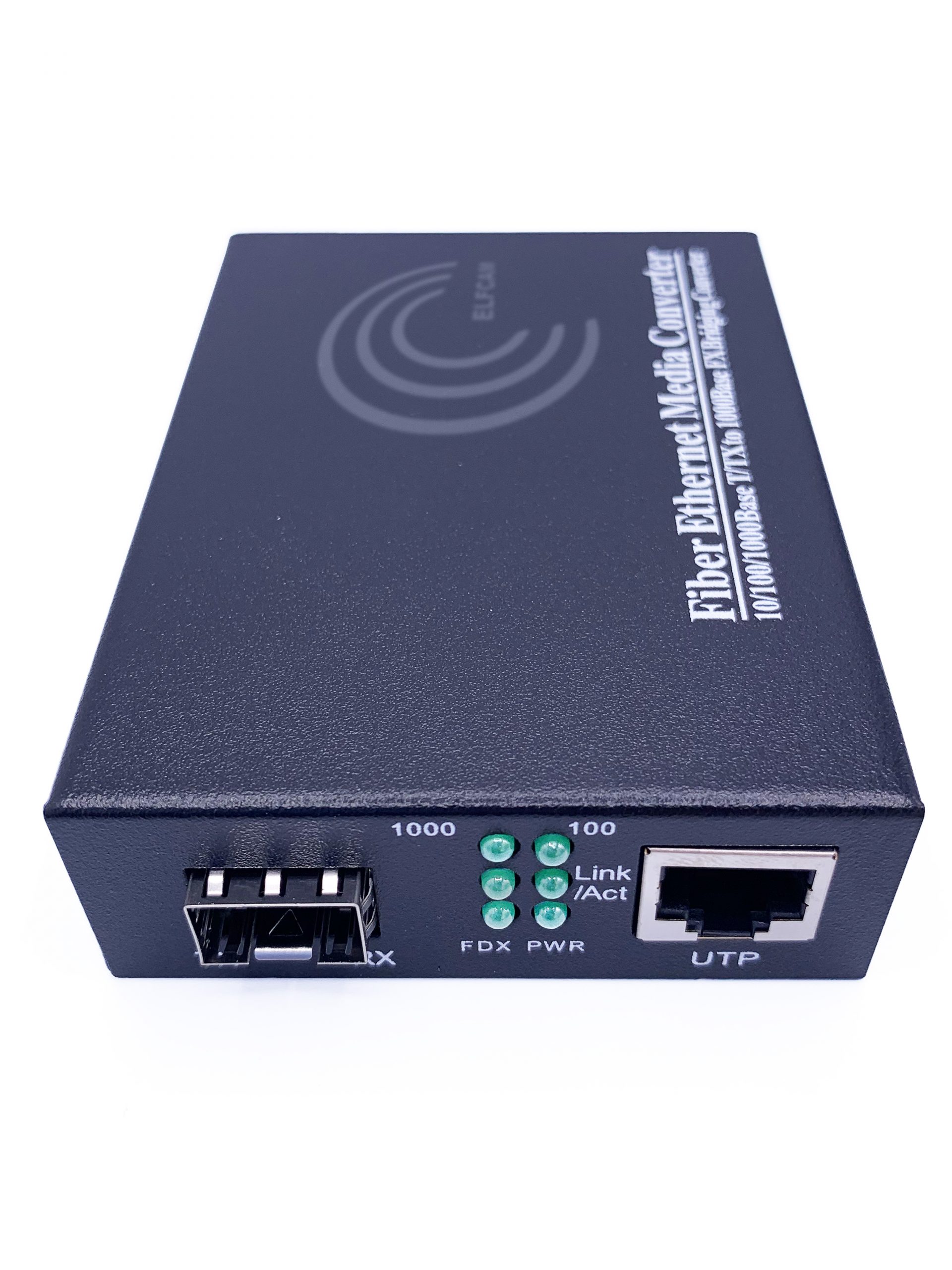
Fiber Ethernet Converter, Gigabit RJ45 Converter/Mini-GBiC 1.25G SFP Multimode-Single Mode Module / 0.55-20KM (Ref:5611)
29,99 €The initial price was: €29,99.21,99 €The current price is: €21,99. tax included Add to cart






